Reprinted in part from article by Linda Jacobson (Education Dive)
Mariah Maryman, a 10th-grader at Kennedale High School, southeast of Fort Worth, Texas, has never let her visual impairment get in the way of speaking up for herself and her needs in the classroom. {{more: continue …}}
But with coding and other STEM (Science, Technology, Engineering and Mathematics) skills now playing a more predominant role in the curriculum, blind and visually impaired students, such as Maryman, require a range of accommodations to be able to keep up with their peers and imagine themselves pursuing careers as computer scientists or engineers ? support that might not be available during the summer months when school is out.?
Expanding opportunities …
According to the American Printing House for the Blind, more than 62,500 K-12 students are legally blind. And while there are over 7 million adults in the U.S., based on data from the American Community Survey, less than 5% of professionals in STEM fields are blind.?
Level Up began in 2006 with some refurbished computers and about four high school students from the Wichita area. Now students are coming from at least seven different states for a week-long residential experience, held at Butler Community College for middle school students and at Wichita State University for those in high school.
While iPads can enlarge coding text and symbols, screen-reading software can isolate individual characters in the code so students can program robots or create music, for example. In addition to the basics of coding, students are also learning about career pathways and interacting with STEM-related researchers and industry experts.?
The researchers learned that modifications in lesson planning and an understanding of how a blind person uses other senses to interact with materials in the classroom can increase students? interest in STEM subjects. They added that ?secondary education instructors are in a unique position to allow or prevent these opportunities from occurring in their classrooms.?
A growing number of programs ?
During the summer, Level Up is just one of a growing number of efforts to make STEM fields more widely accessible to students with no or low vision. Since 2013, NFB has had funding from the National Science Foundation (NSF) for a variety of youth STEM-related programs through its National Center for Blind Youth in Science initiative. The organization received another $2 million NSF grant this year for its engineering program.?
 For Maryman, Envision has ?helped me find that bridge point? to using a laptop more on a daily basis. And she expresses confidence in the opportunities awaiting her.
For Maryman, Envision has ?helped me find that bridge point? to using a laptop more on a daily basis. And she expresses confidence in the opportunities awaiting her.Read full article at Summer program increase learning opportunities

















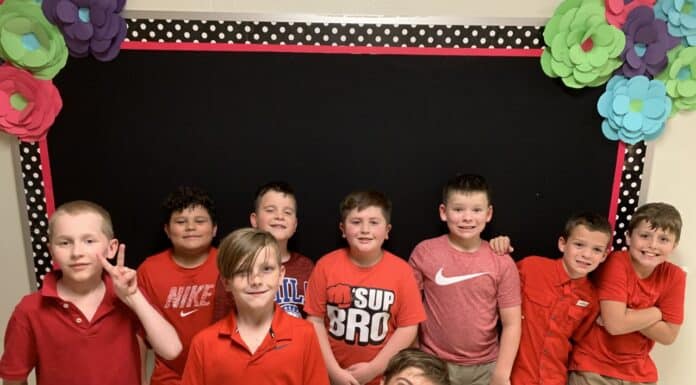
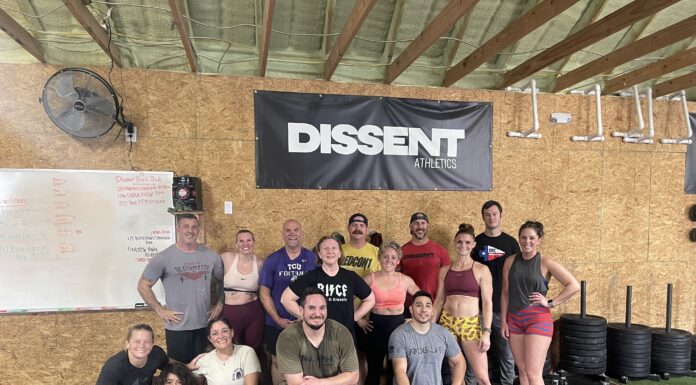


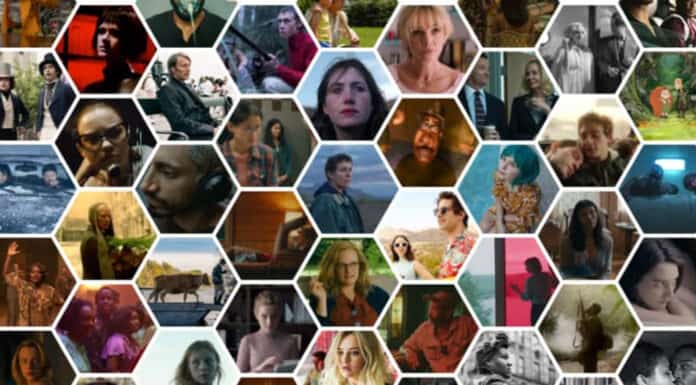





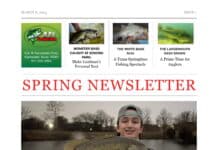



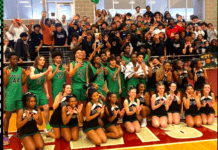
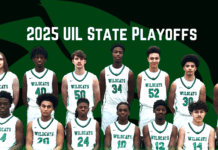

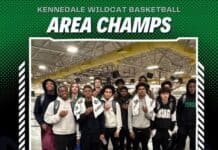



Comments are closed.